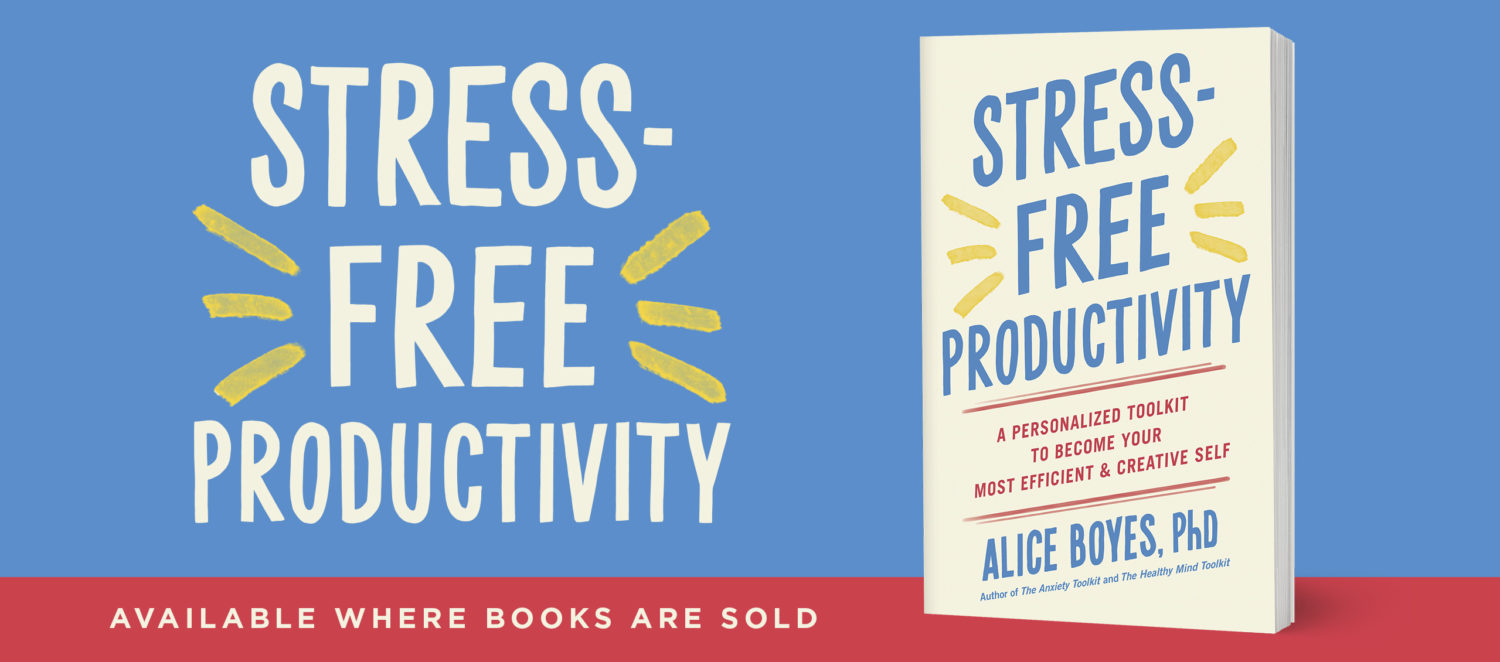Sources of Self Esteem
Continuing the pie chart theme from my last post, this post is about a different type of pie chart that’s commonly used as part of Cognitive Behavioural Therapy (CBT) for Eating Disorders. Although its mostly used in eating disorders treatment it’s useful for anyone, especially people with low self esteem.
In eating disorder treatment, clients are asked what percentage of their self esteem is determined by their weight/appearance. The activity is about how much what’s going on in one domain of your life (which could be either positive or negative) affects your overall self esteem (your perception of your self worth and competence). For example, if someone felt really awful about themselves as a person because of their weight then this would indicate that the weight/appearance domain contributes a large percentage to their overall self esteem.
This activity is simple and quick.
CBT Self Esteem Activity
Step 1: Draw a circle.
Steps 2 and 3: List the domains of your life that in some way contribute to your overall self esteem. Then assign a percentage to each category that reflects how much that domain contributes to your overall self esteem (which could be in either a positive or negative sense).
Here’s a fictional example.

Include any domains that are applicable to you and leave out those that aren’t. Below are some suggestions. You might re-word some of the domain labels so that they’re more specific to you as individual:
Work domain (e.g. good at job and/or the job you do is important)
Couple relationship domain
Intelligence
Appearance/Body
Friendship domain
Family relationships domain
Student domain
World citizen domain
Local community domain
Add your categories to your pie chart.
How to Make This Task Useful
Step 4: Usually I ask people to draw one pie chart that reflects their current reality and another to reflect their ideal. For example, they might overvalue appearance/body currently and would ideally like to value it less in the future (to acheive more self esteem/life balance).
This task can also be useful for people who are depressed as a result of problems in one area of their life e.g. depression that has been triggered by the loss of a job or relationship. It can help them see that, for example, being unemployed or not having a relationship partner doesn’t define their self worth 100%.



